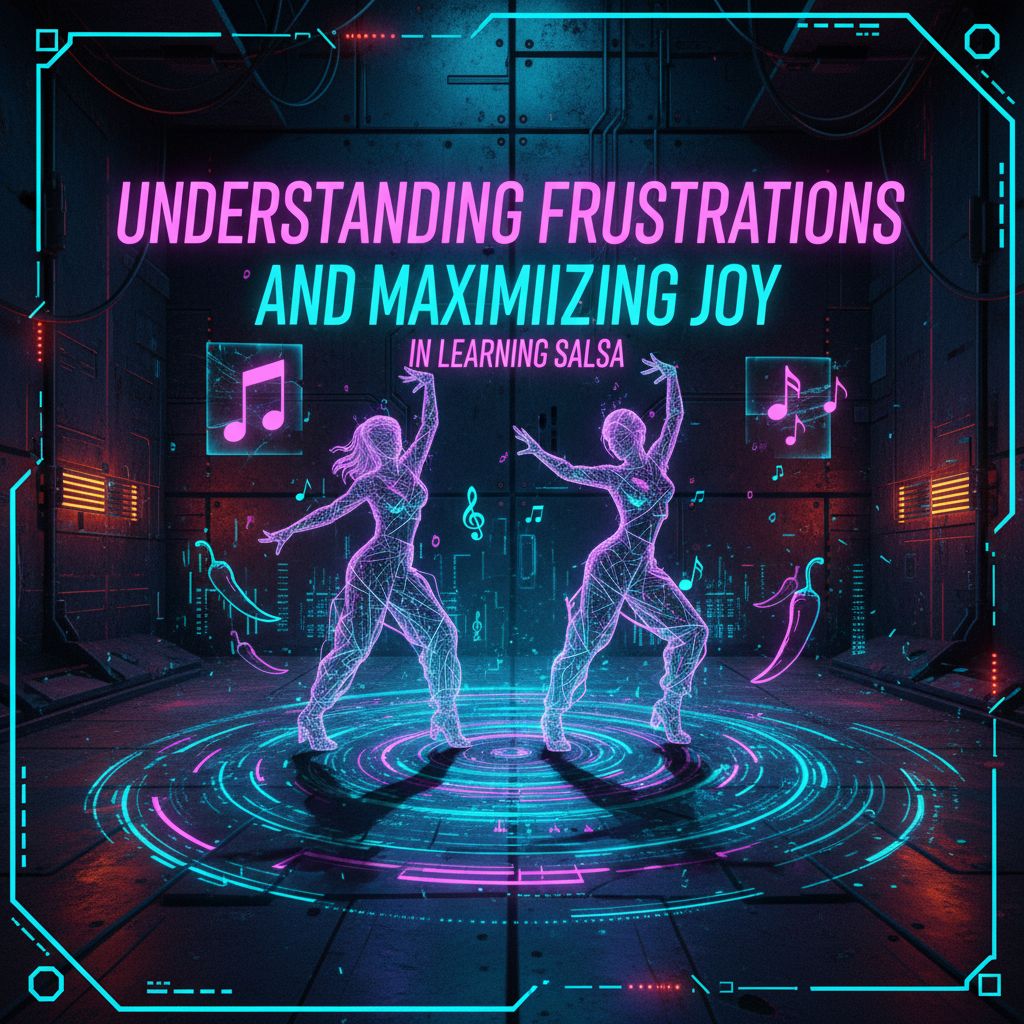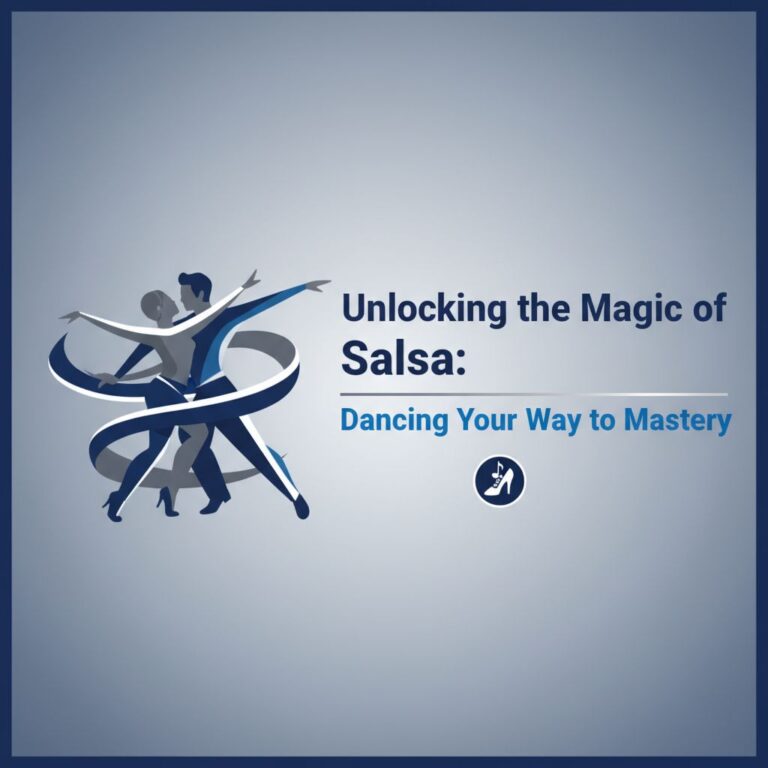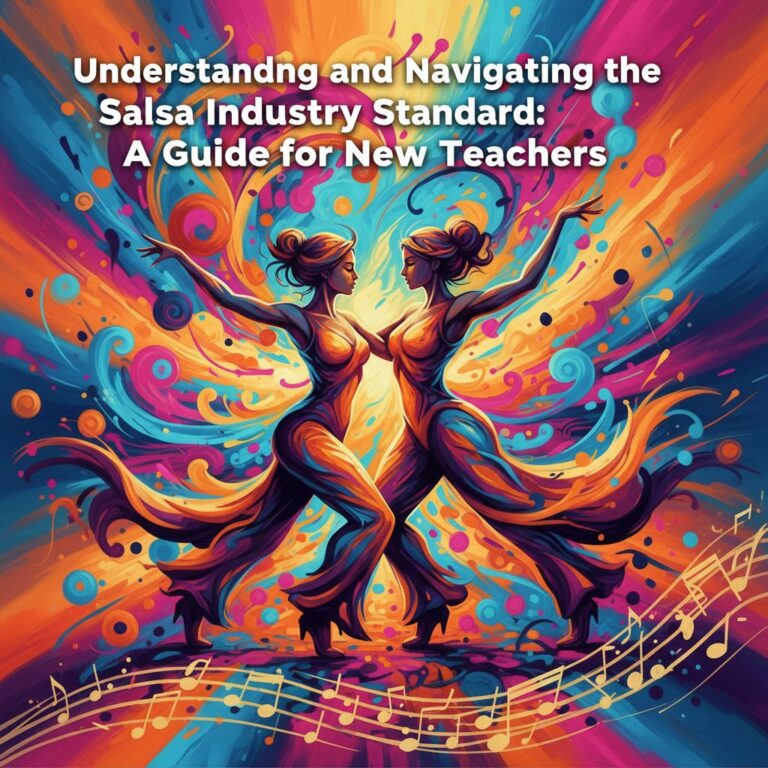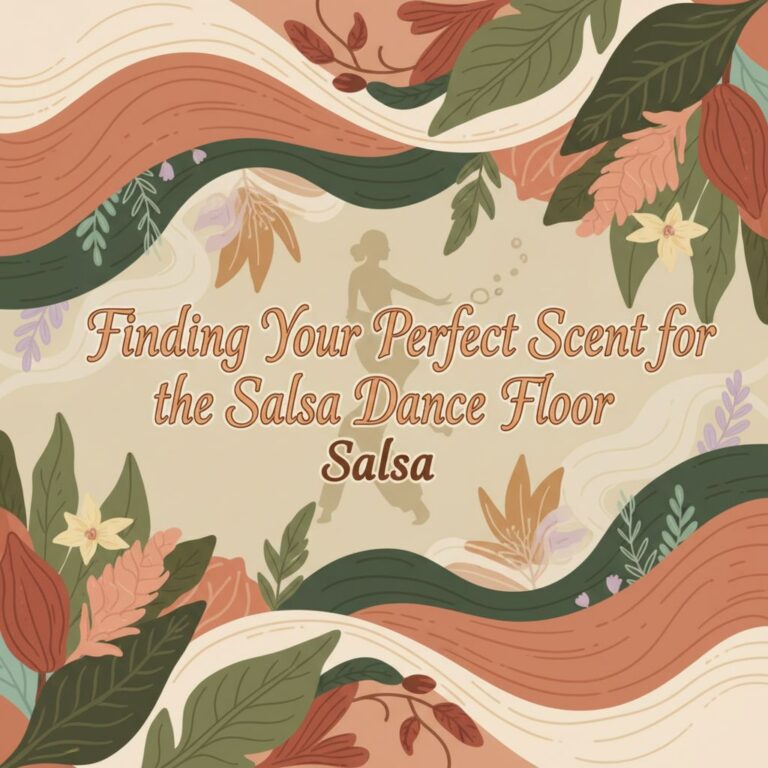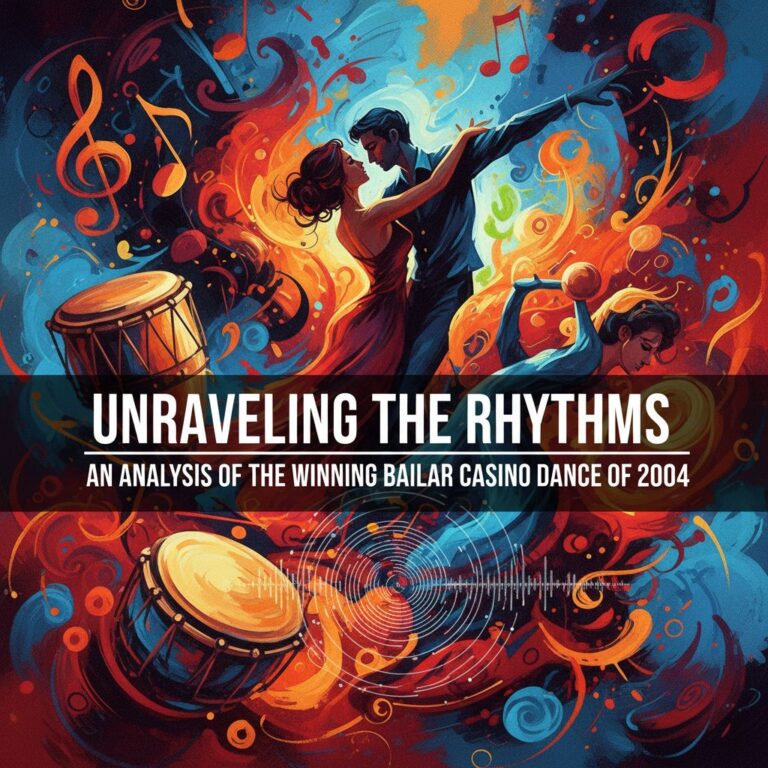The Struggles of a Salsa Beginner: A Case Study
In a dance journey that mirrors many others, a thirty-two-year-old male who once claimed he “sucked” at dancing found himself passionate about structured learning in salsa and bachata classes. However, his initial enthusiasm waned in the face of a teaching approach that was overly focused on technical precision and repetitive basic steps.
Consider his experience: The salsa class was a stark contrast to his bachata lessons. While bachata was fun and always seemed to offer something new, the salsa class was heavy on cardio, meticulous about minor details, and reluctant to introduce new moves or partner work until students passed a strict test.
Embracing the Challenge: The Value of Precision in Dance
Before we delve into potential solutions, let’s acknowledge the valid reasons behind such rigorous training methods in salsa. Just as ballet dancers spend weeks perfecting their posture and muscle use, salsa beginners often need to spend considerable time mastering the basics.
Instructors who emphasize technique are aiming to equip their students with a strong foundation. With a precise understanding of the basics, students will be better prepared to handle more complex patterns and combinations down the line. While this approach may initially feel tedious, the payoff can be significant.
Striking a Balance: Retaining Engagement While Building Skills
Although precision is crucial, a salsa class should not become a chore. The key to successful instruction often lies in balancing technical learning with maintaining student engagement.
One approach is to incorporate variety within the mastery of fundamentals. Small doses of partner work, improvisation exercises, and introduction to different salsa styles can enhance learning while keeping the class interesting.
Constructive Communication: Voicing Discontent and Seeking Solutions
If you find yourself in a similar situation, remember that communication is key. Articulating your concerns to your instructor can pave the way for adjustments in the class structure. It’s essential, though, to express your thoughts respectfully, acknowledging the value of what is being taught, while suggesting potential areas for improvement.
Exploring Alternatives: Venturing Beyond the Familiar
Remember, there’s a universe of learning resources and experiences beyond your current class. If your concerns persist, you might want to consider looking for other salsa classes that align better with your learning style. Multiple schools, online courses, and YouTube videos provide ample opportunities for you to continue your salsa journey.
Final Thoughts: The Ultimate Goal is Joy
In the end, dance is about joy. It’s about the thrill of moving to music, of expressing yourself without words, and connecting with others in a shared rhythm. While technical expertise is important, it should never overshadow the essential joy of dance.
Remember, your dance journey is uniquely yours. Stay patient, stay open, and keep dancing. Because every step, every turn, and every beat bring you closer to the dancer you aspire to be.

